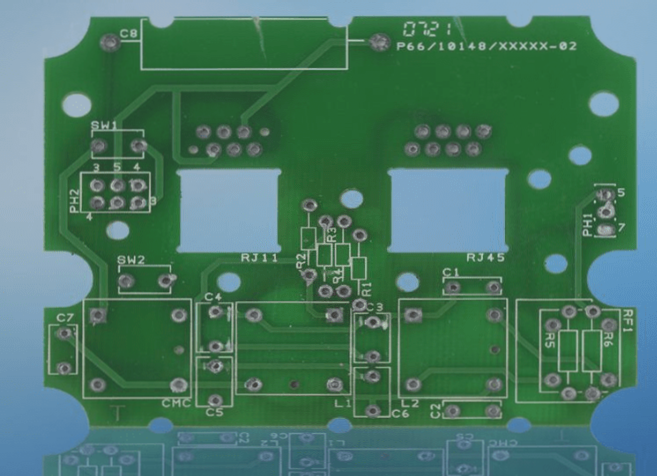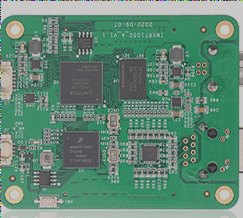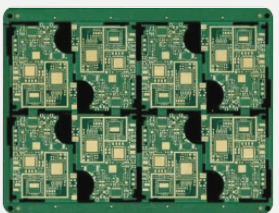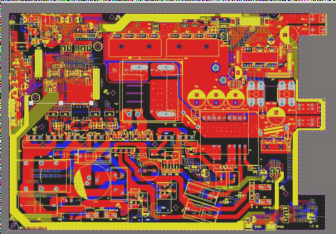Enhancing 3D Printed Parts: Post-Processing Techniques
Once the 3D printing process is complete, post-processing becomes essential to refine the final product. Post-processing encompasses cleaning, annealing, and coloring as key steps to improve the appearance and properties of the printed part.
Cleaning:
This initial step involves desoldering, rinsing, brushing, and blowing to eliminate excess powder and residual material from the part. The duration of cleaning varies based on the printing method utilized. Notably, powder sintering often necessitates a meticulous cleaning process, impacting overall manufacturing time.
Annealing:
Annealing is crucial for enhancing the mechanical properties of the part, such as heat resistance, UV resistance, strength, and thermal stability. This process is particularly vital for polymer parts. Depending on the printing technique, curing machines or specific printers are employed. In cases of powder bonding or indirect metal 3D printing, degreasing and sintering in a suitable oven are required.
Optimizing Appearance:
Two methods can be employed to enhance the visual appeal of the part: surface treatment and coloring.
Surface Treatment:
Various techniques like smoothing, polishing, sandblasting, infiltration, or milling are used to refine the part’s visual finish by altering its surface through material addition or removal.
Coloring:
Coloring methods, such as staining and painting, are chosen based on the printing material. Staining suits polymer powders, while painting is preferred for FDM-produced parts.

Post-processing significantly impacts the final appearance and properties of the part. It allows users to rectify print imperfections, like visible layers, which can be smoothed out during this phase. Moreover, post-processing can impart metal-like properties to plastic parts, leading to notable cost reductions.
Importance of Post-Processing:
It is essential to note that post-processing techniques for additive manufacturing are distinct from traditional methods. The approach varies depending on the material and process used. For instance, handling FDM parts differs from metal parts, emphasizing the critical role of post-processing in the 3D printing workflow.
If you have any inquiries regarding PCBs and PCBA, please don’t hesitate to reach out to us at info@wellcircuits.com.




